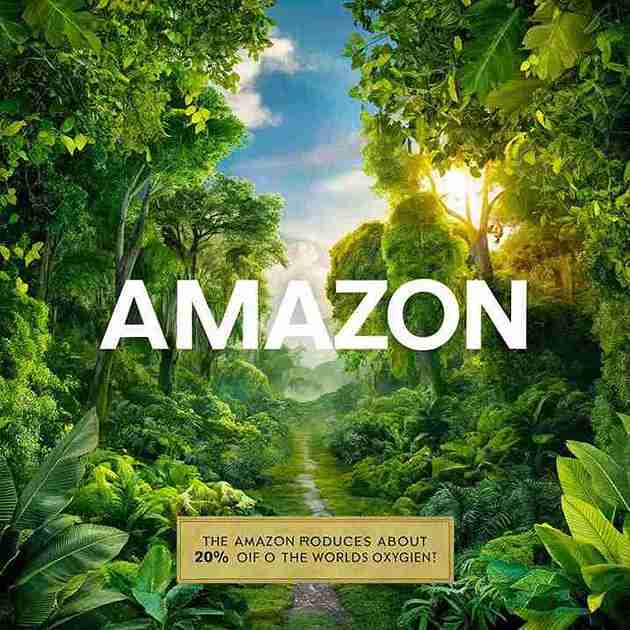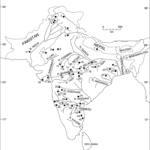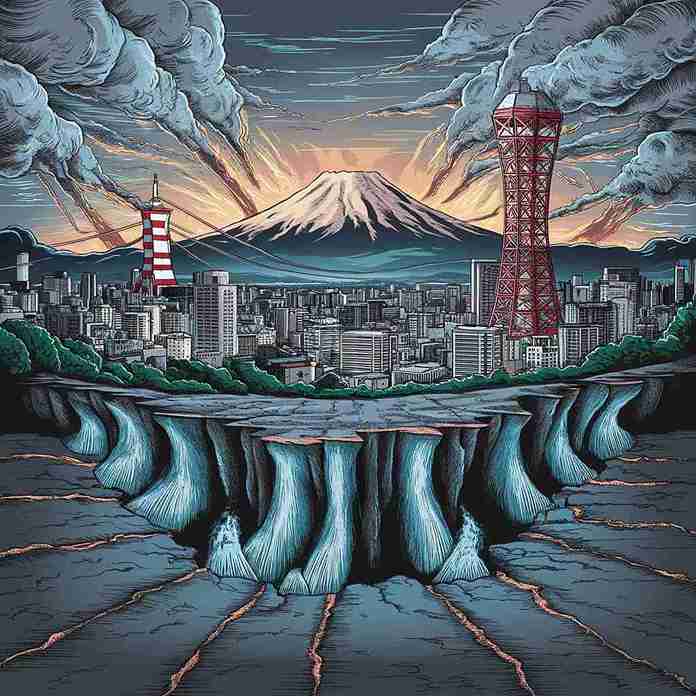The Amazon rainforest produces about 20% of the world’s oxygen.

Amazon rainforest

Amazon rainforest 20% world’s oxygen
The Amazon rainforest produces about 20% of the world’s oxygen. The Amazon rainforest, a vast and incredibly biodiverse tropical rainforest spanning across several South American countries, including Brazil, Peru, Colombia, Venezuela, Ecuador, Bolivia, Guyana, Suriname, and French Guiana, plays a crucial role in the Earth’s climate system and is often referred to as the “lungs of the Earth.” This moniker stems from the significant amount of oxygen produced through the process of photosynthesis by the immense quantity of vegetation within the rainforest.
Plants, including the countless trees, shrubs, and other flora in the Amazon, absorb carbon dioxide from the atmosphere and release oxygen as a byproduct of converting sunlight into energy. Due to its sheer size – covering approximately 5.5 million square kilometers (2.1 million square miles) – and the density of its vegetation, the Amazon rainforest is estimated to contribute around 20% of the world’s total oxygen production.
This massive oxygen output is vital for sustaining life on Earth, as oxygen is essential for the respiration of most living organisms, including humans and animals. However, it’s important to note that while the Amazon produces a significant amount of oxygen, it also consumes a large portion of it through the respiration of the plants themselves and the decomposition of organic matter within the ecosystem. Therefore, the net contribution of the Amazon to the global oxygen balance is a subject of ongoing scientific research and debate.
Nevertheless, its role in the carbon cycle is unequivocally crucial. The vast biomass of the Amazon rainforest acts as a massive carbon sink, absorbing and storing enormous quantities of carbon dioxide from the atmosphere, helping to regulate global climate. Deforestation, primarily driven by agriculture, logging, and mining, poses a significant threat to this vital ecosystem.
The destruction of the rainforest not only reduces its capacity to produce oxygen and absorb carbon dioxide but also releases stored carbon back into the atmosphere, contributing to greenhouse gas emissions and climate change. Furthermore, deforestation leads to a devastating loss of biodiversity, as the Amazon is home to an unparalleled number of plant and animal species, many of which are found nowhere else on Earth.
Protecting the Amazon rainforest is therefore of paramount importance for maintaining global climate stability, preserving biodiversity, and ensuring a healthy planet for future generations. International efforts and sustainable practices are crucial to mitigate deforestation and promote the conservation of this irreplaceable natural wonder.
Japan experiences an average of 1,500 earthquakes per year.
About the Author
Sisir Mondal
Administrator
My name is SISIR MONDAL, I complete my graduate from University of Kalyani , West Bengal, India . I am like to build WordPress website and also developing this type of website . If you want your website , you can contact me trough email. thanks to visit this site.















